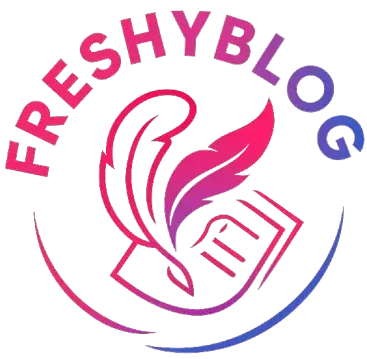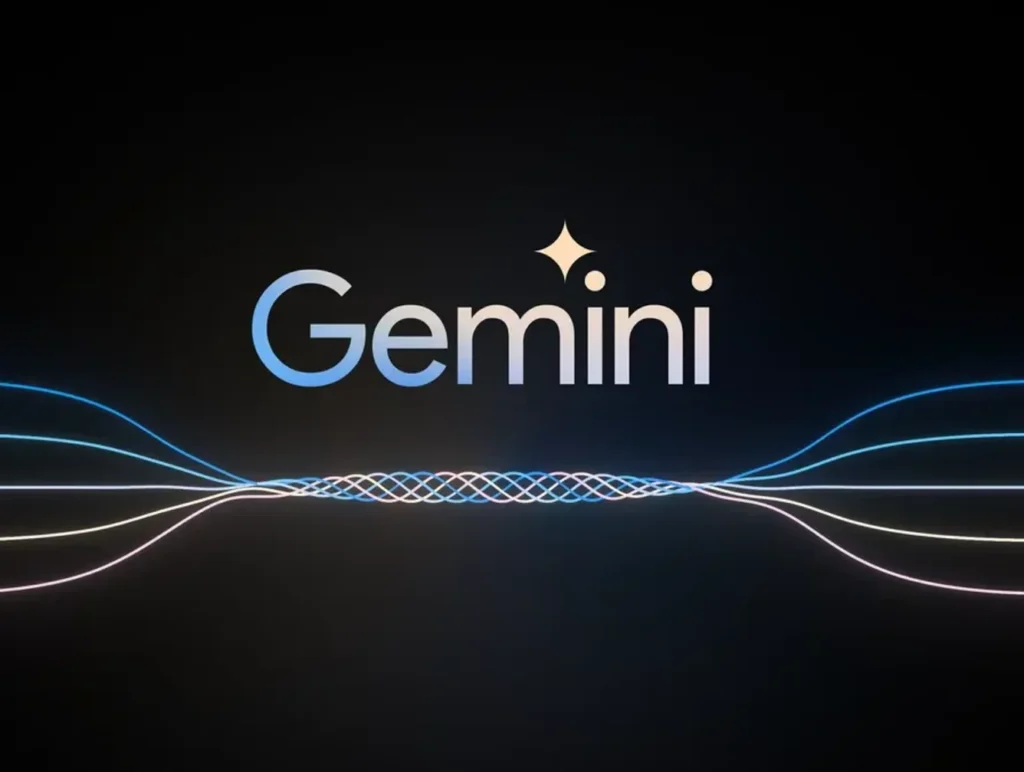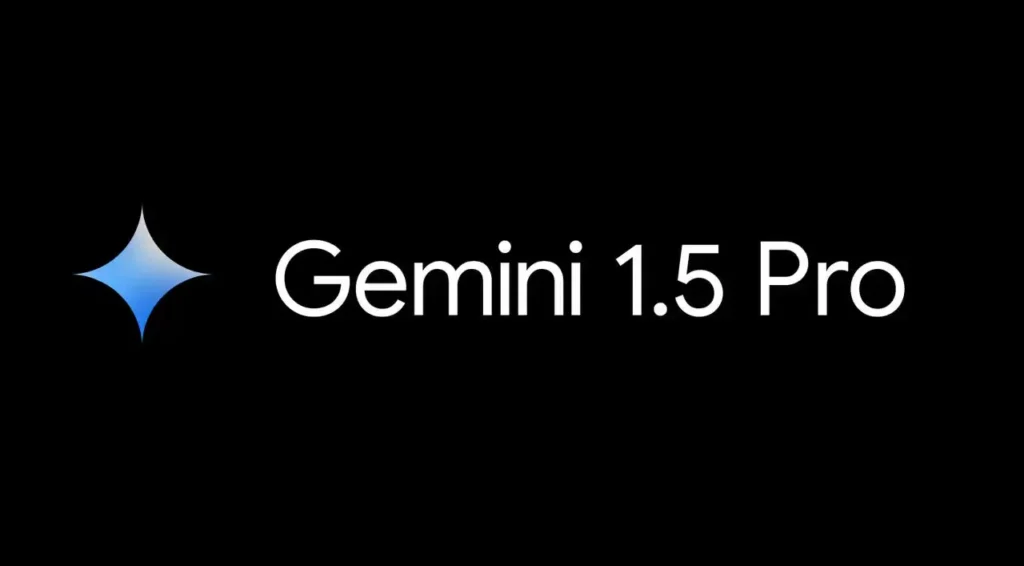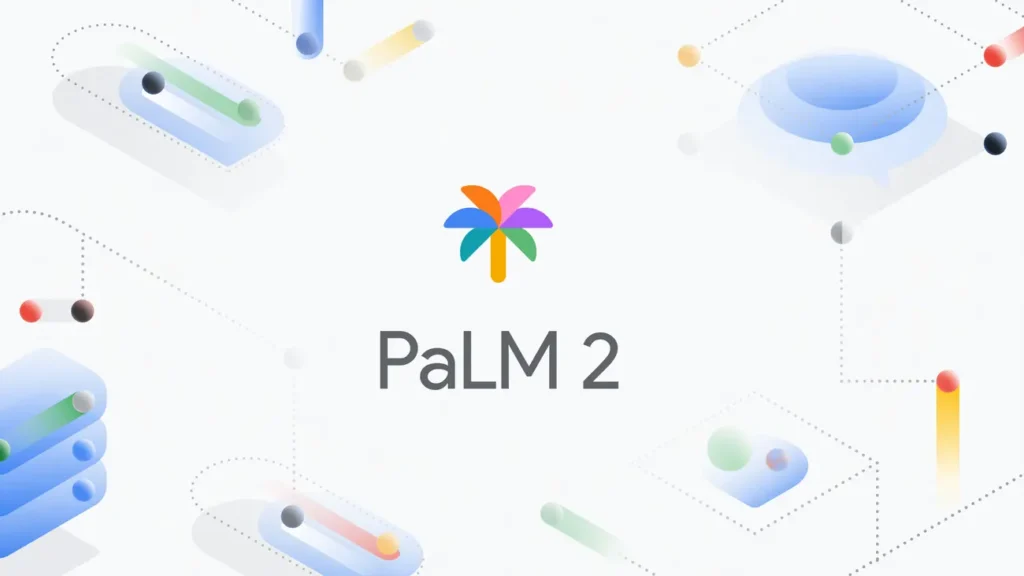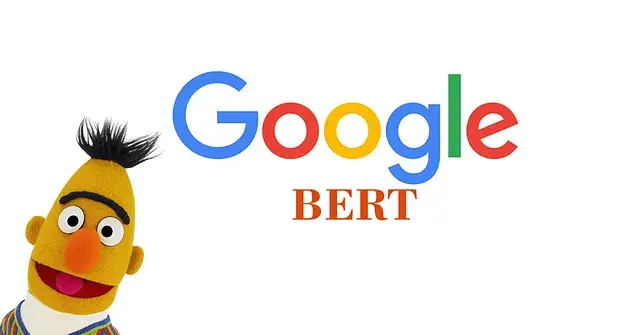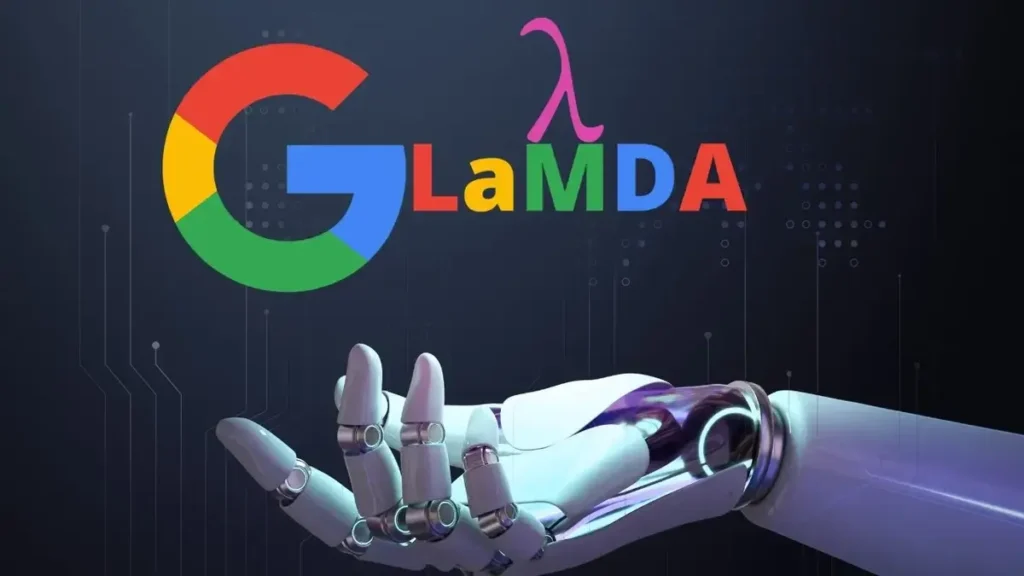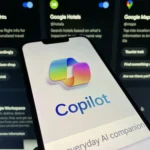Google AI and NLP Innovation
Google AI is at the forefront of artificial intelligence development, particularly in the domain of Natural Language Processing (NLP). Its mission goes beyond just creating smart algorithms—it aims to build tools that understand and generate human language with a level of nuance that mimics real human interaction.
The recent release of Gemini AI, Google’s next-gen multimodal model, exemplifies the power of combining deep learning with large-scale data training. Whether it’s powering Google Search, Gmail, or Docs, this AI’s technologies are embedded in the everyday tools millions use.
By focusing on advanced AI capabilities such as reasoning, summarization, and contextual awareness, Google’s NLP models offer unparalleled performance across industries.
Gemini AI: Google’s Most Advanced NLP Model Yet
Gemini AI stands out as one of the most sophisticated AI models released by Google. Unlike traditional language models that focus solely on text, Gemini is multimodal—capable of processing not just language, but also images, videos, audio, and code.
Key Capabilities:
Accepts up to 1 million tokens of input, enabling it to handle long documents and code files.
Powers tools like Bard, Docs AI, and Google Workspace Assistants.
Outperforms many competing models in NLP benchmarks, including logical reasoning and real-time summarization.
Gemini AI represents a significant step forward in natural language understanding and the development of advanced AI systems that can think, reason, and generate at near-human levels.
Real-World Example: Using Gemini AI in Education Technology
One of the most practical applications of this AI through Gemini AI is in edtech platforms. Imagine an AI-powered learning assistant that can read a student’s entire history of assignments, understand where they struggle, and generate personalized study guides based on their learning style.
By using Gemini AI, education platforms can:
Summarize textbooks into bite-sized lessons.
Answer complex questions in a conversational format.
Generate quizzes based on real-time student performance.
This use case shows how AI models from Google are not just experimental—they are actively shaping the future of personalized education through advanced AI technologies.
1. Gemini 1.5 Pro
Gemini 1.5 Pro is Google’s latest multimodal model, capable of processing text, audio, video, and code in a unified framework. It is an evolution of the earlier Bard model and offers longer context window support of up to 1 million tokens, which is a massive leap forward.
Key Features:
Handles large documents, videos, and codebases efficiently.
Designed for reasoning, summarization, and contextual understanding.
Integration with Google Workspace for real-time assistance.
Use Case Example:
A content creator uses Gemini 1.5 Pro to summarize a 3-hour interview video into key highlights, extract speaker quotes, and generate social media snippets.
2. PaLM 2 (Pathways Language Model)
PaLM 2 powers many of Google’s AI products, including Gemini and Google Search. It’s optimized for multilingual tasks and offers exceptional performance in reasoning and logic.
Key Features:
Trained on multilingual texts.
Excellent at translation, coding, and mathematical reasoning.
Deployed in Gmail, Docs, and Bard.
Use Case Example:
A global enterprise uses PaLM 2 to instantly translate and summarize customer service chat logs from multiple languages into English for analysis.
3. T5 (Text-To-Text Transfer Transformer)
T5 converts all NLP tasks into a text-to-text format. This uniform approach allows a single model to handle tasks such as translation, summarization, and question answering.
Key Features:
Flexible architecture.
Pretrained on Colossal Clean Crawled Corpus (C4).
High accuracy in multiple NLP benchmarks.
Use Case Example:
A research analyst uses T5 to convert academic research papers into plain language summaries, making them accessible to non-specialists.
4. BERT (Bidirectional Encoder Representations from Transformers)
BERT revolutionized search engines by introducing deep bidirectional context. It understands language context by looking at the full sentence, not just word-by-word.
Key Features:
Pretrained on massive datasets.
Fine-tuned for sentiment analysis, QA, and search ranking.
Used in Google Search for better intent understanding.
Use Case Example:
SEO professionals leverage BERT-driven tools to optimize content by matching user search intent more accurately.
5. LaMDA (Language Model for Dialogue Applications)
LaMDA is built for conversation. It focuses on natural, open-ended dialogues with deep understanding and relevant responses. Unlike rule-based chatbots, LaMDA adapts dynamically.
Key Features:
Trained on dialogue datasets.
Capable of multi-turn conversations.
Powers Bard’s conversational ability.
Use Case Example:
An education platform integrates LaMDA to create AI tutors capable of answering complex student queries in a human-like tone.
10 Real-World Examples of Google AI & Gemini AI in Action
Google Search: Powered by BERT and PaLM 2 to deliver more relevant search results.
Google Docs: Uses Gemini AI to provide grammar corrections and writing suggestions.
YouTube: Automated content moderation and captions using multimodal AI.
Gmail Smart Reply: Built on PaLM and BERT to suggest context-aware email replies.
Google Translate: Enhanced by PaLM 2’s multilingual processing.
Google Ads: AI models predict ad performance and auto-generate ad variations.
AI Writing Tools: Bard uses Gemini AI for story generation and technical writing.
Customer Service Chatbots: LaMDA-based systems for dynamic customer interaction.
Healthcare AI: NLP models summarize clinical notes and extract diagnosis info.
Coding Assistance: Gemini AI helps developers complete code blocks and detect errors.
Advantages of Google AI & Gemini AI Models
🌐 Multilingual Mastery: Translate and understand over 100 languages.
🧠 Deep Contextual Understanding: Delivers human-level comprehension in text.
⚙️ Scalable Architecture: Easily deployed across cloud platforms.
🛠️ Developer-Friendly APIs: Easy to integrate via Vertex AI and Google Cloud.
🔐 Security & Privacy: Designed with responsible AI guidelines.
Future of NLP with Advanced AI
With AI models like Gemini and PaLM pushing the envelope, the future of Natural Language Processing is shifting toward full multimodal understanding. Expect smarter voice assistants, AI-powered documentation, and seamless human-AI collaboration. As these tools evolve, ethical considerations around fairness, bias, and transparency will be crucial.
FAQs – Google AI, Gemini AI & NLP Models
1. What is Google AI?
- AI is a division of Google focused on research and development in artificial intelligence, machine learning, and deep learning, particularly in areas like NLP, vision, and robotics.
2. What is Gemini AI used for?
- Gemini AI is designed for multimodal tasks, including text, code, images, video, and audio. It powers products like Bard, Google Docs, and Gmail.
3. How does Gemini AI differ from ChatGPT?
- While both are advanced AI models, Gemini AI emphasizes integration with Google tools and multimodal capabilities. ChatGPT primarily focuses on text-based tasks.
4. Which AI models does Google use for NLP?
- Key models include Gemini, PaLM 2, BERT, T5, and LaMDA. Each serves different NLP functions like summarization, translation, reasoning, and dialog.
5. Is Gemini AI open-source?
- No, Gemini AI is not fully open-source, but developers can access its capabilities through Vertex AI on Google Cloud.
6. What industries can benefit from this AI NLP models?
- Industries like healthcare, finance, education, marketing, and e-commerce benefit from applications in translation, chatbots, text analysis, and personalization.
7. Are this AI models trained on real-time data?
- Google uses diverse datasets, including recent text and code, but emphasizes privacy and anonymization.
8. How accurate are Gemini AI’s responses?
- Gemini AI is designed for high precision in multimodal understanding, but human oversight is recommended for critical tasks.
9. Can I integrate this AI into my website or app?
- Yes. Google Cloud provides APIs and SDKs to integrate models like PaLM and LaMDA for developers.
10. Is this AI safe and ethical?
- this AI follows strict responsible AI guidelines, ensuring safety, fairness, and privacy.
